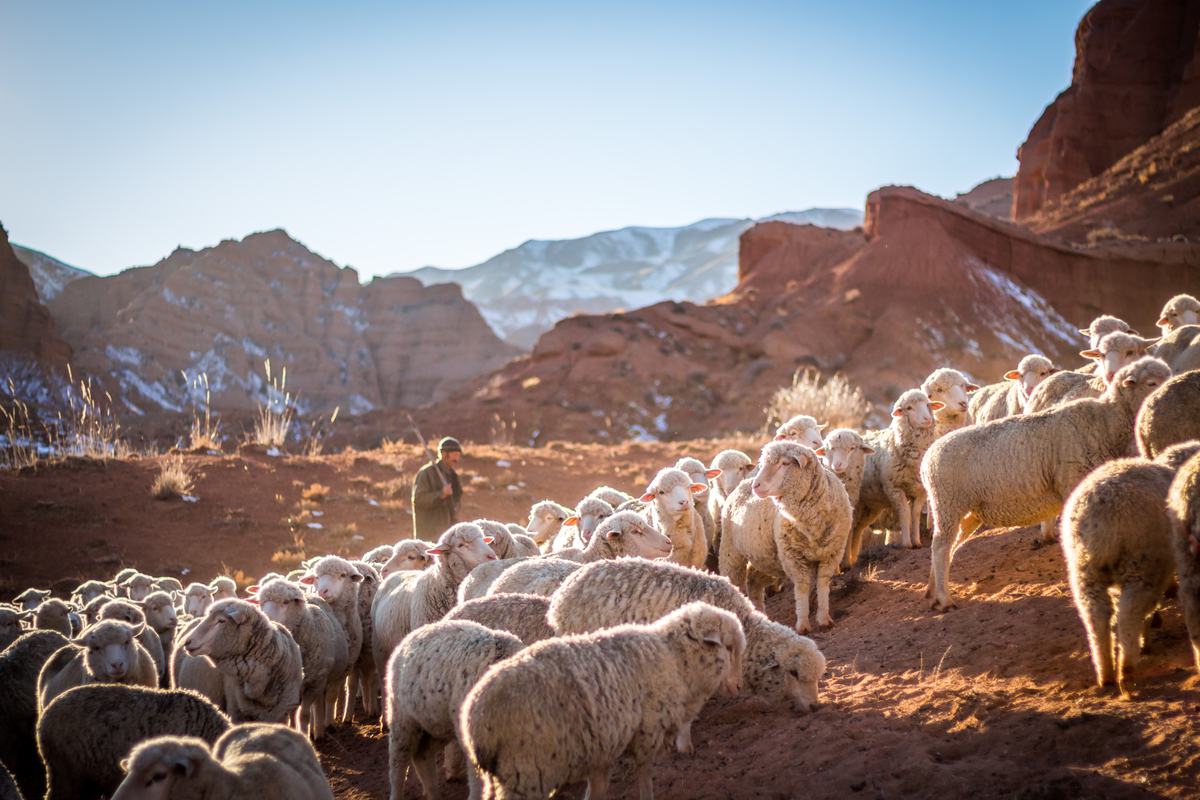

Veterinarians were considered to be a very important source of information on 40.4 percent of operations, while other sheep producers were considered a very important source on 38.3 percent of operations. Also, a veterinarian familiar with the existing conditions on an operation can provide advice specific to illnesses, management and production. Industry meetings, magazine, shearers and other sheep producers are also good resources. In addition, many universities offer sheep health information through extension resources. The “Sheep Production Handbook,” sponsored by the American Sheep Industry Association, is a comprehensive source of information. Sources of Information on Sheep Health: Sheep health information can be found through a wide variety of sources. In the Central and East regions, the percentage of operations expecting to have more sheep was higher than the percentage expecting to have fewer sheep.įamily/personal situation was the most common reason cited for expecting to not have sheep in five years. The West region accounted for the highest percentage of operations that expected to have fewer sheep in the next five years. Overall, a higher percentage of operations expected to have more sheep (23.9 percent) than operations that expected to have fewer sheep (10.6 percent). A higher percentage of large operations (32.4 percent) expected to have more sheep in the next five years compared with medium and small operations (25.7 and 22.7 percent, respectively). Inventory Expectations: The highest percentage of operations with 20 or more ewes (59 percent) expected to have about the same number of sheep in five years. The highest percentage of sheep in herded/open and fenced-range operations were on large operations (94.8 and 57.8 percent, respectively). Conversely, large operations only represented 5.5 percent of sheep operations but raised 53.1 percent of all sheep. While small operations made up 73.1 percent of sheep operations with 20 or more ewes, they represented only 22.1 percent of all sheep. The highest percentage of operations with 20 or more ewes (75.8 percent) managed at least some of their sheep on pasture. Many operations manage sheep on more than one type of feeding environment. Small and medium operations often graze sheep on irrigated or cultivated pasture. Large operations, which own the majority of the sheep in the United States, frequently raise sheep on rangeland. Some of the findings in the study are listed below. States included in the study were California, Colorado, Iowa, Idaho, Kentucky, Kansas, Michigan, Minnesota, Missouri, Montana, New Mexico, New York, Ohio, Oregon, Pennsylvania, South Dakota, Texas, Utah, Virginia, Washington, Wisconsin and Wyoming. farms with ewes and 85.5 percent of the U.S. The Sheep 2011 study was conducted in 22 of the nation’s major sheep-producing states with the defined purpose of providing participants, stakeholders and the industry with valuable information representing 70.1 percent of U.S. Department of Agriculture divisions of Animal and Plant Health Inspection Service (APHIS), Veterinary Services (VS) and National Animal Health Monitoring System (NAHMS) have compiled and released a study of the American sheep industry.


 0 kommentar(er)
0 kommentar(er)
